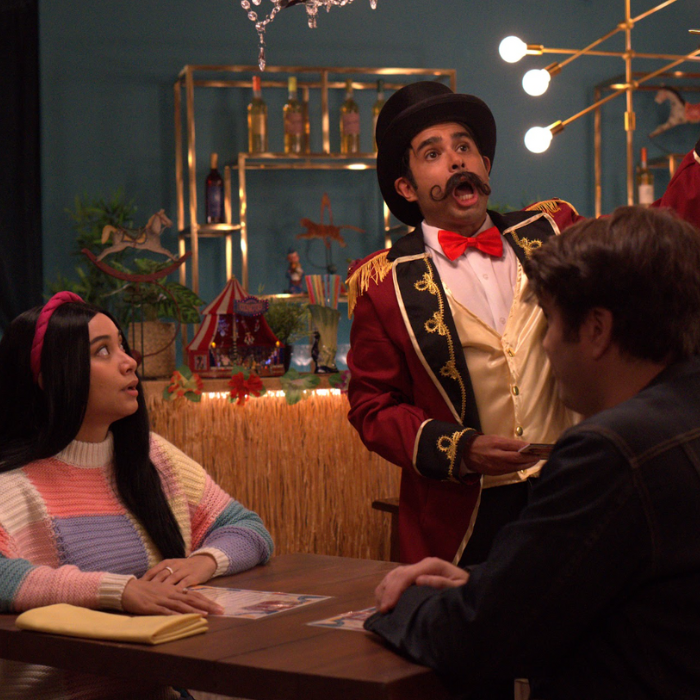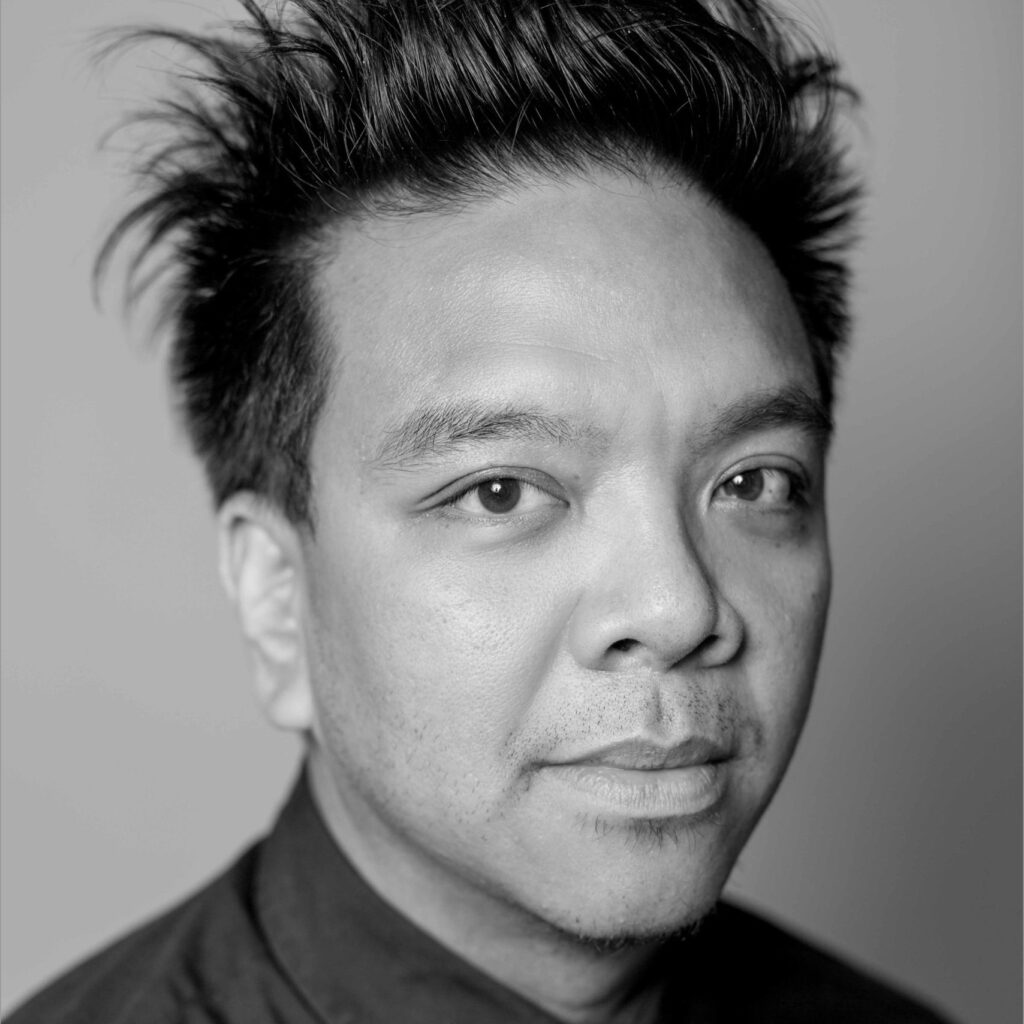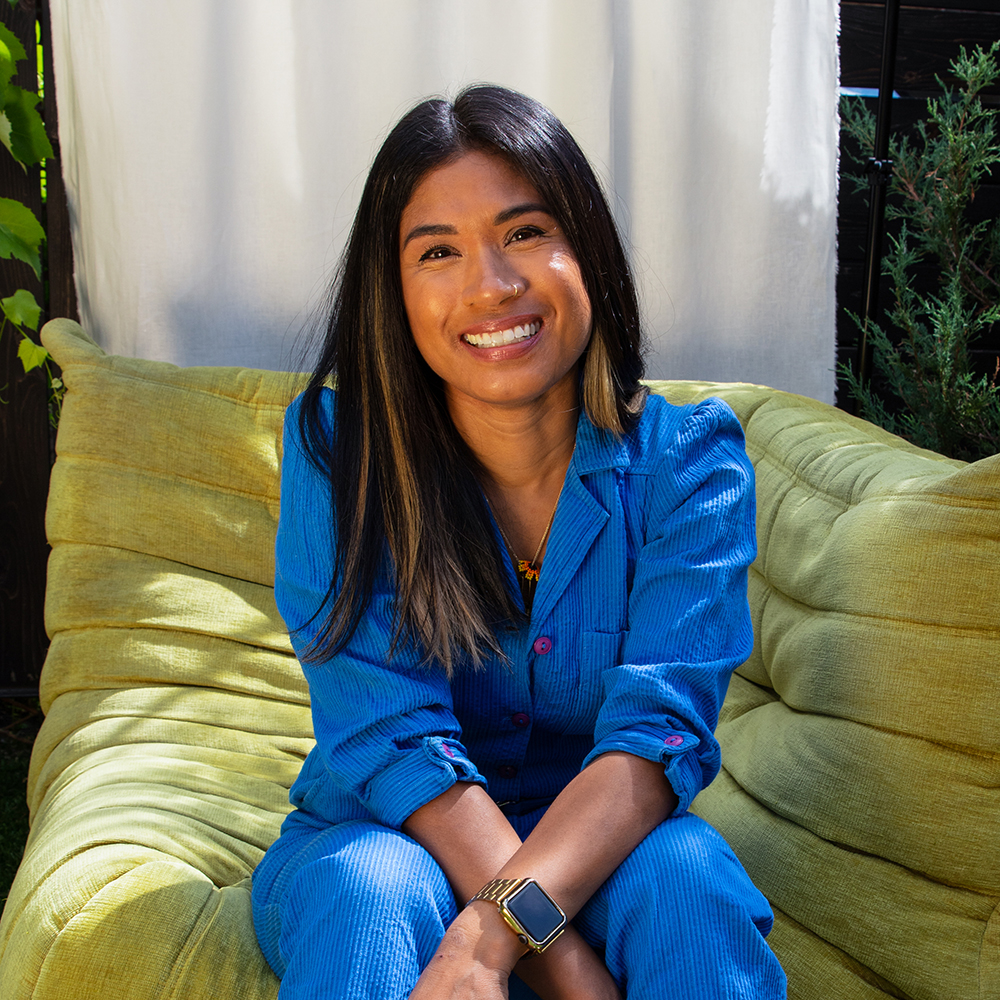If you’re Filipino Canadian, you likely know someone who came to Canada through the Live-in caregiver program.
Between 1992 and 2014, when the program ended, 75,000 Filipinos immigrated to Canada under the program, and from 2011 to 2016, 15.6 per cent of immigrants to Canada were Filipino. Family members were often left behind in the Philippines while (mostly) women went to Canada to work as caregivers, though many would bring over family members like children and spouses under the Family Reunification Program once they were able to.
Inay (which means “mama” in Tagalog), a new documentary directed by Thea Loo, explores the long-reaching impact of this common immigration path. Both of the documentary’s main subjects, Loo’s husband Jeremiah Reyes and best friend Shirley Lagman, were affected by the Live-in Caretaker program: their mothers both left the Philippines for Canada, leaving behind their families. The documentary delves into the history of this immigration pathway and the intergenerational effects that it had through the exploration of Reyes and Lagman’s lives.
Reyes, his brother and his father were left behind by his mother when she went to Canada, though she came back when Reyes was a bit older to bring him and his brother back with her.
“I was like, ‘I actually had a mom this whole time?’” he says in the documentary, explaining his feelings at the time. The reunion was confusing and unsettling—as was moving to Canada.
The film digs into these feelings and experiences that are common among Filipino Canadians.
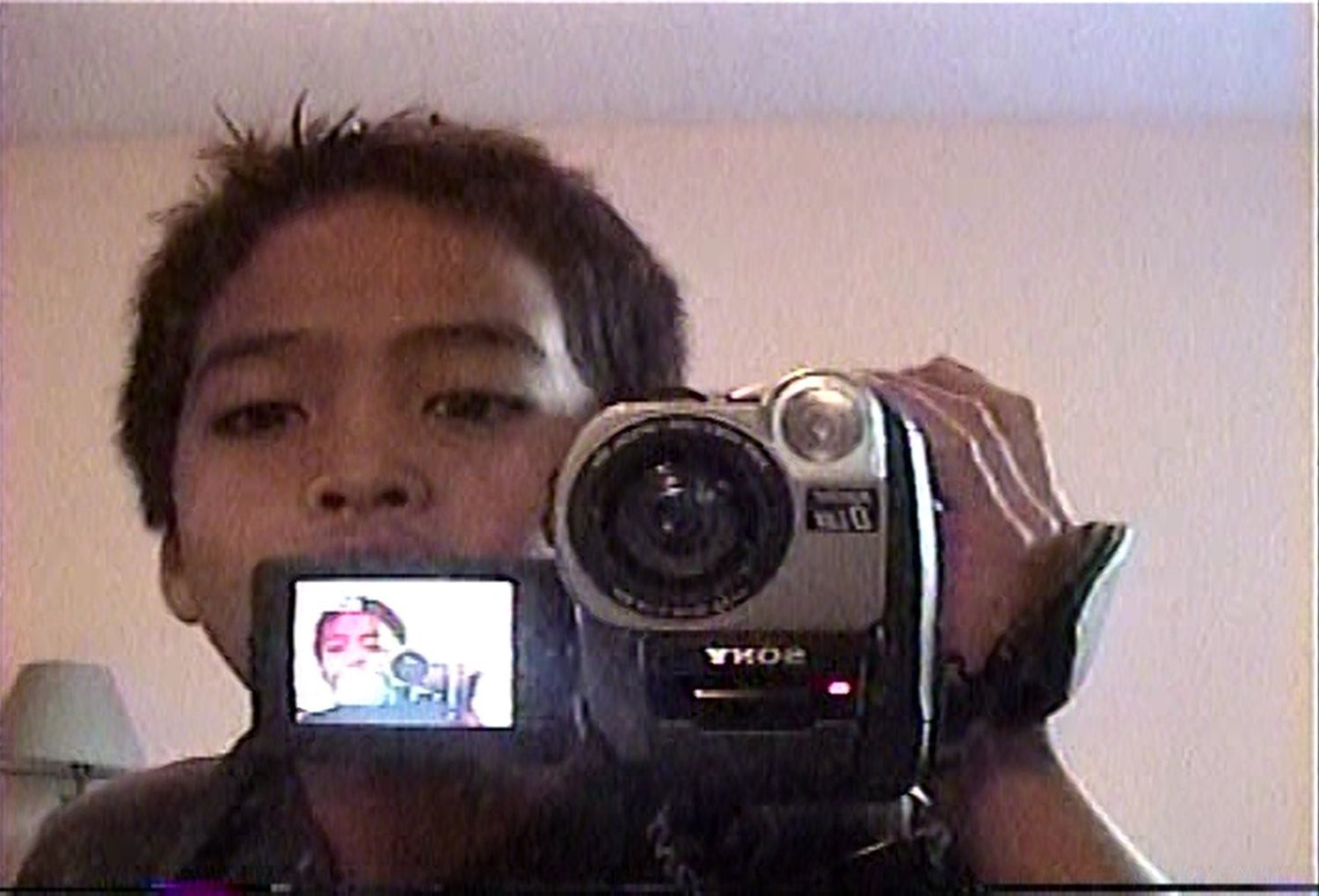
“When I met Jeremiah, I was very surprised at how much his immigration story and family dynamic were similar to my friend Shirley’s,” Loo, who was born in Canada and whose family did not arrive in the country under the Live-in Caregiver Program, tells The RepresentASIAN Project. “I wanted to make something that showed that this wasn’t an isolated event, it was a pattern.”
The goal, Loo says, was to open up the conversation between the two generations—the ones who came to Canada as caregivers seeking a better life, and the children who followed behind. She also wanted to explore how the similarities and differences in immigration shapes her community.
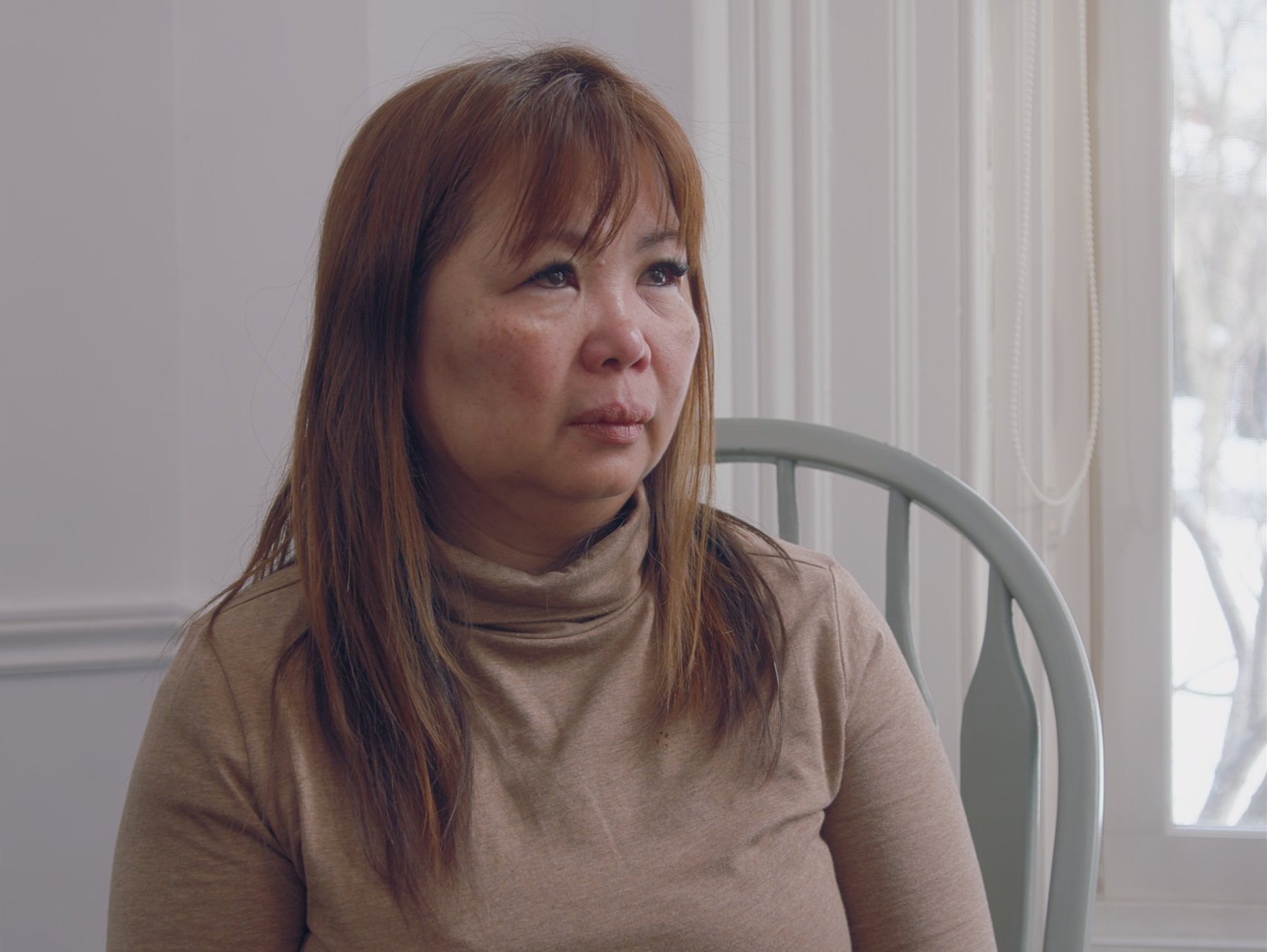
Filipinos are one of the largest groups immigrating to Canada. In 2016, more than 40,000 Filipinos settled in Canada. As of 2023, there were almost one million people of Filipino descent living in Canada. A large fraction of them, particularly those who came to Canada in the ‘90s and 2000s, came under the Live-In Caregiver program, which stipulates that immigrants must work for a minimum of two years as a live-in caretaker during the three years of the visa, with a guaranteed pathway to permanent residency (and citizenship).
Women like Reyes’ and Lagman’s mothers who work as live-in caregivers are typically highly educated and emigrate with the goal of higher-paying jobs in nursing and medicine in the west. Often, they send money back home as they work abroad. Unfortunately, the live-in nature of this work and the precariousness of their position in Canada means that caregivers were often subject to abuse.
The intergenerational impact of this type of work and immigration pathway is at the crux of Inay. In the film, Reyes tells Loo that he didn’t get the emotional warmth he needed from his mother growing up, since she was too busy working. It’s had a big impact on his mental health, he says.
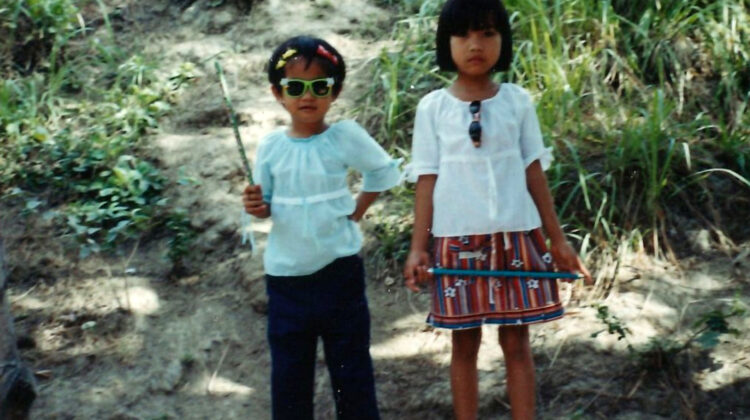
It’s this unique perspective, along with the human cost of immigration, that Loo was hoping to capture in her documentary.
“There have been a lot of documentaries in the past about caregivers that [offer] more the researched, factual side,” says Loo. “But I wanted to use a point-of-view that people can relate to and feel like they’re a part of.”
Working on this documentary not only brought the couple closer together, but it also helped Loo process her childhood. “I got to learn about why I grew up around so many caregivers,” she explains. “It gave me a better sense of who we are, who my community is and where they’re coming from.”
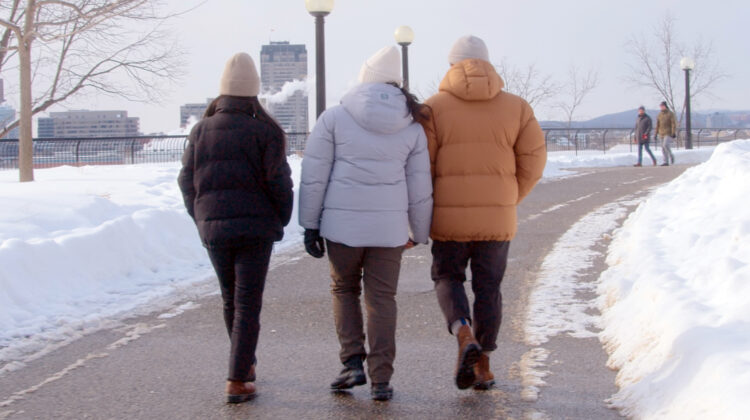
For Reyes, working with his wife on the film helped him understand his mother better and begin to let go of the resentment he had towards her for leaving.
“Before this movie, I had a single perspective [on my mother] and I kind of put the blame on her for everything,” he says. “But in the process of filming and exploring why my mom went to Canada, I was able to understand and empathize with my mom in ways I couldn’t have imagined.”
Inay will be streaming on the Knowledge Network in 2025.
Like this post? Follow The RepresentASIAN Project on Instagram, TikTok and YouTube to keep updated on the latest content.









